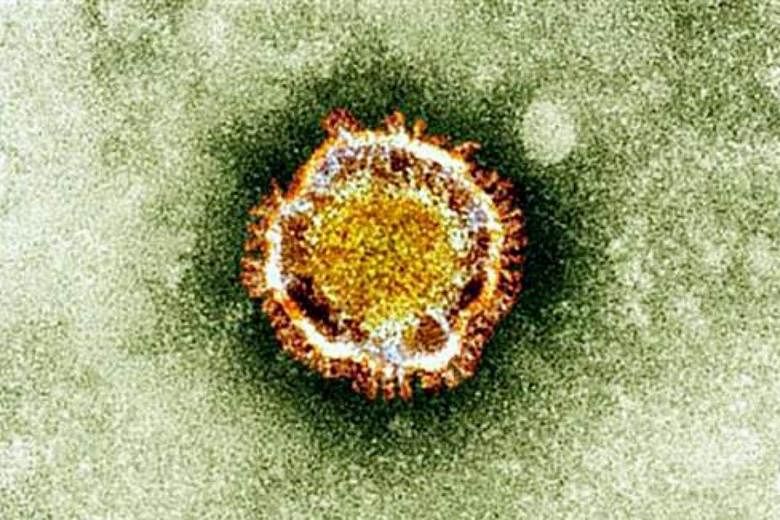BEIJING • Chinese scientists believe they may have found the origin of the deadly Sars virus in a remote cave in Yunnan province, where they identified a single population of horseshoe bats that harbour virus strains with all the genetic building blocks.
The strain could easily have arisen from such bats, according to research published in the journal PLoS Pathogens on Nov 30.
Scientists also warned that the ingredients are in place for a similar disease to emerge again.
Two scientists, Professor Shi Zhengli and Professor Cui Jie from the Wuhan Institute of Virology in Hubei province, led the research team, sampling thousands of wild horseshoe bats from nine provinces. Most caves are located in remote areas, according to Prof Cui.
In one particular cave in Yunnan province, the research team found that the strains of coronavirus looked similar to human versions of Sars. It took five years for the researchers to monitor the bats living in the cave.
Severe acute respiratory syndrome, or Sars, is a highly fatal viral disease characterised by fever, headache and respiratory symptoms including cough, breathing difficulties and pneumonia.
-
800
The number of people worldwide who died of Sars in a global pandemic, after it emerged in South China in 2002 . Sars is a highly fatal viral disease characterised by fever, headache and respiratory symptoms including cough, breathing difficulties and pneumonia.
It emerged in South China in 2002 and rapidly led to a global pandemic, killing almost 800 people worldwide.
The culprit was identified as a strain of coronavirus, and genetically similar viruses were found in masked palm civets that are sold in animal markets in Guangdong province. Later, a large number of Sars-related coronaviruses were found in horseshoe bats.
Scientists believe that the strain probably originated in the bats, and later passed through civets before reaching humans. The report by the Wuhan team shows multiple incongruent associations between the phylogenies of horseshoe bats and their coronavirus.
"The result showed that host shifts have occurred in the recent evolutionary history of this group. It may be due to either virus biologic traits or host behavioural traits. This finding has implications for the emergence of Sars and for the potential future emergence of Sars-coronavirus or related viruses," the researchers wrote in the report.
Prof Shi told Hubei Daily that wild animals such as bats and rats carry various viruses, but spreading across species rarely happens.
"There is no need to feel panic about it, but close contact with those wild animals should be prevented," she said.
In a recent interview with Nature Magazine, Professor Tu Changchun, a virologist who directs the OIE Reference Laboratory for Rabies in Changchun, Jilin province, said that the results are only 99 per cent persuasive.
He said he would like to see scientists demonstrate in the lab that the human Sars strain can jump from bats to another animal, such as a civet.
Also, Prof Tu questioned how a virus from bats in Yunnan could travel to animals and humans about 1,000km away in Guangdong, without causing any suspected cases in Yunnan.
According to Nature, Prof Cui and Prof Shi also conducted research on other bat populations that could have produced strains capable of infecting humans, and have isolated about 300 bat coronavirus sequences, most not yet published, with which they will continue to monitor the evolution of the virus.
CHINA DAILY/ASIA NEWS NETWORK

